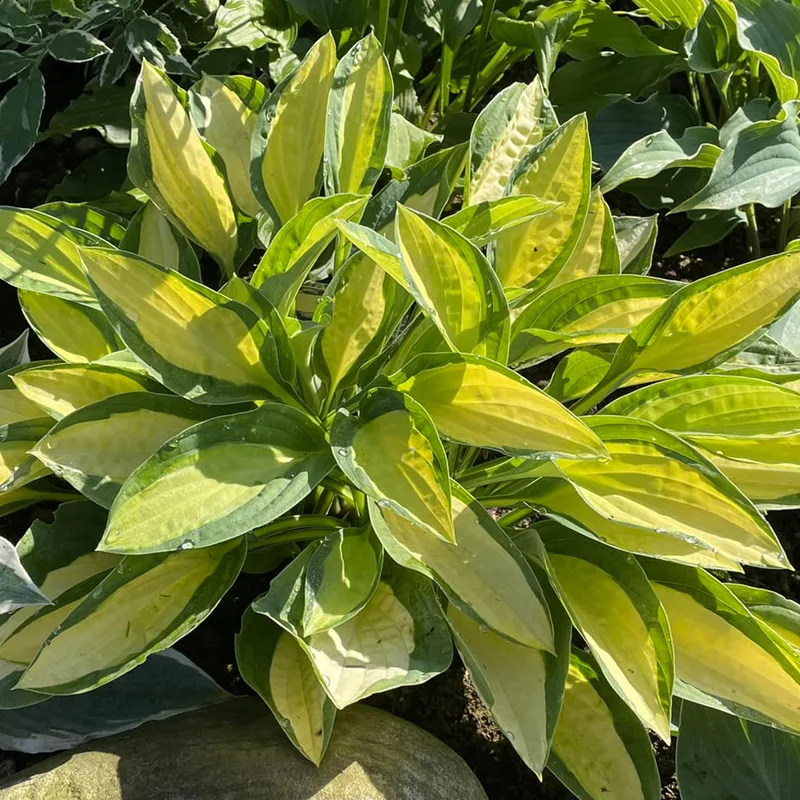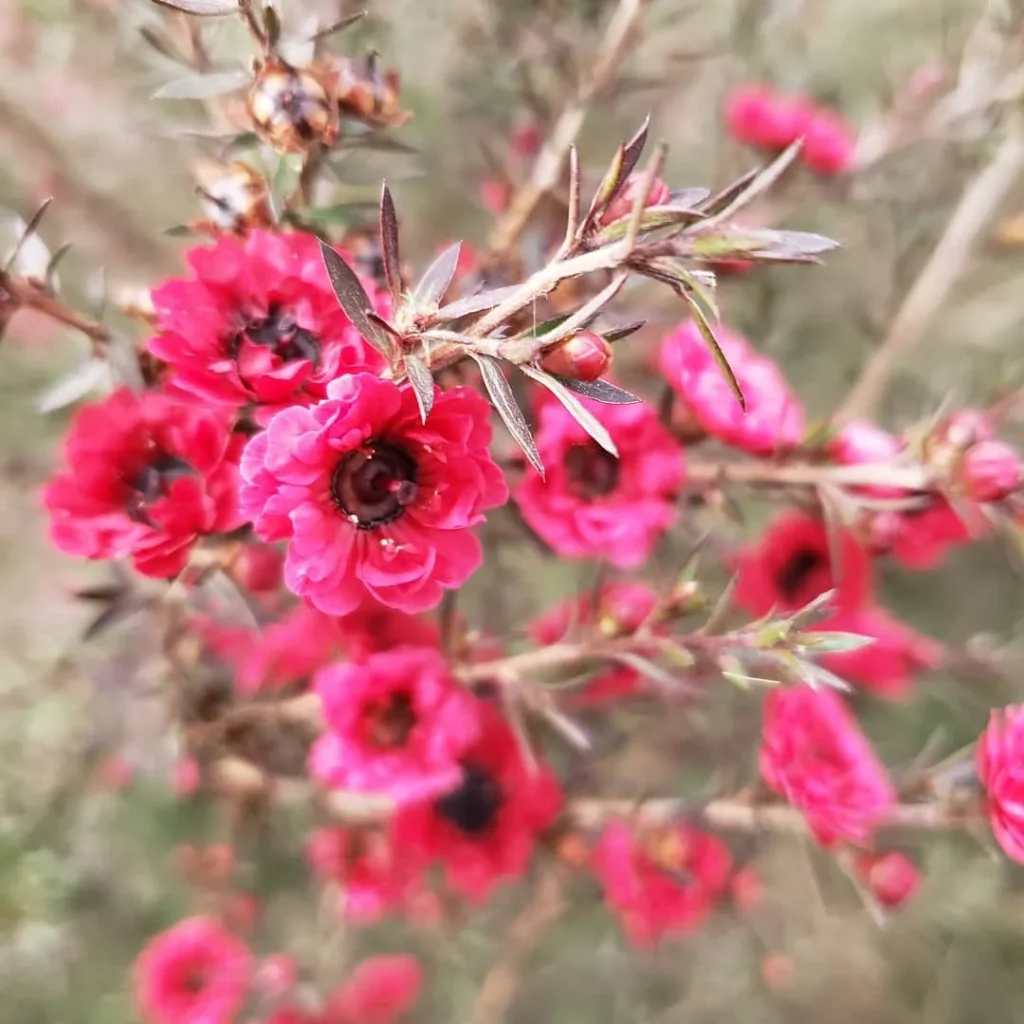Adelia: An Exploration of a Diverse Genus
My name is Ferb Vu, and I’ve always been fascinated by the intricate world of plants. The sheer diversity of forms, adaptations, and ecological roles they play never ceases to amaze me. Recently, my attention was captured by the genus Adelia, a group of flowering plants belonging to the spurge family (Euphorbiaceae). What started as a simple curiosity quickly blossomed into a deeper dive into the characteristics, distribution, and species that make up this intriguing genus.
Understanding the Adelia Genus
Adelia is a genus comprised of shrubs and small trees primarily found in the tropical and subtropical regions of the Americas. They are characterized by their simple, alternate leaves and inconspicuous flowers. While they may lack showy blooms, their ecological importance and unique adaptations make them a worthy subject of study.
One of the most interesting aspects of Adelia is its resilience. Many species are drought-tolerant, thriving in arid and semi-arid environments. This hardiness is due in part to their efficient water-use strategies and ability to withstand harsh conditions.
A Closer Look at Adelia Species
The Adelia genus boasts a diverse array of species, each with its own unique characteristics and distribution. Here are some of the notable members:
- Adelia barbinervis – A deciduous shrub native to East Asia, known for its reddish bark and ability to thrive in forested areas.
- Adelia brandegeei – Found in the southwestern United States and Mexico, this shrub is characterized by its small, leathery leaves and adaptability to arid climates.
- Adelia cinerea – This species is native to Mexico and features grayish leaves that give it a distinct, muted appearance.
- Adelia membranifolia – Recognized for its thin, membranous leaves, this Central American shrub grows well in humid, tropical environments.
- Adelia oaxacana – Indigenous to the Oaxaca region of Mexico, this plant has narrow leaves and adapts well to dry, rocky soils.
- Adelia obovata – A North American native with obovate, or egg-shaped, leaves, commonly found in warm, coastal areas.
- Adelia panamensis – Native to Panama, this shrub thrives in lowland tropical forests with its dense, green foliage.
- Adelia ricinella – A tropical plant native to the Caribbean, known for its glossy, broad leaves and preference for humid habitats.
- Adelia triloba – Found in Central America, this shrub has distinctive three-lobed leaves and is well-suited to moist, forested regions.
- Adelia vaseyi – Endemic to certain regions of the southwestern U.S., this species grows in arid landscapes and has small, clustered leaves.
The Importance of Adelia
While Adelia may not be as well-known as some other plant genera, it plays a crucial role in its respective ecosystems. The drought tolerance of many species makes them vital components of arid and semi-arid environments. They provide habitat and food sources for various animals, contributing to the overall biodiversity of these regions.
Furthermore, Adelia species have been traditionally used for medicinal purposes by indigenous communities. Their leaves and bark are believed to possess anti-inflammatory and analgesic properties. While more research is needed to fully understand their medicinal potential, these traditional uses highlight the potential value of this genus.
Conservation Concerns
Despite their hardiness, some Adelia species face threats due to habitat loss and degradation. As human activities continue to encroach upon natural areas, it’s essential to prioritize the conservation of these plants and their ecosystems. Protecting their habitats and promoting sustainable land management practices are crucial steps in ensuring their survival for future generations.
Continuing the Exploration
My journey into the world of Adelia has just begun. I’m eager to learn more about the fascinating adaptations, ecological roles, and potential uses of these plants. As I continue my exploration, I hope to contribute to a deeper understanding and appreciation of this often-overlooked genus.
If i die, water my plants!



